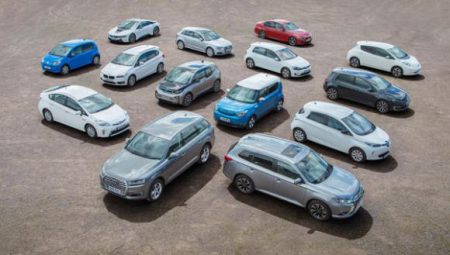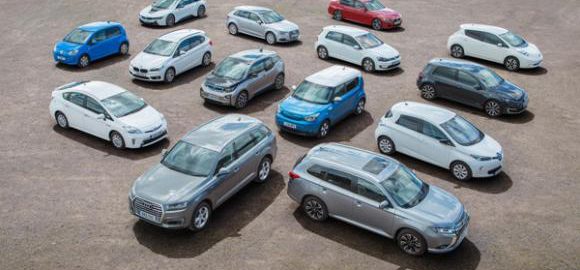Choosing an electric car over its combustion-engine equivalent will soon be just a matter of taste, not a matter of cost.
Every year, BloombergNEF’s advanced transport team builds a bottom-up analysis of the cost of purchasing an electric vehicle and compares it to the cost of a combustion-engine vehicle of the same size. The crossover point — when electric vehicles become cheaper than their combustion-engine equivalents — will be a crucial moment for the EV market. All things being equal, upfront price parity makes a buyer’s decision to buy an EV a matter of taste, style or preference — but not, for much longer, a matter of cost.
Every year, that crossover point gets closer. In 2017, a BloombergNEF analysis forecast that the crossover point was in 2026, nine years out. In 2018, the crossover point was in 2024 — six years (or, as I described it then, two lease cycles) out.

The crossover point, per the latest analysis, is now 2022 for large vehicles in the European Union. For that, we can thank the incredible shrinking electric vehicle battery, which isn’t so much shrinking in size as it is shrinking — dramatically — in cost.
Analysts have for several years been using a sort of shorthand for describing an electric vehicle battery: half the car’s total cost. That figure, and that shorthand, has changed in just a few years. For a midsize U.S. car in 2015, the battery made up more than 57 percent of the total cost. This year, it’s 33 percent. By 2025, the battery will be only 20 percent of total vehicle cost.
Read more: Bloomberg
